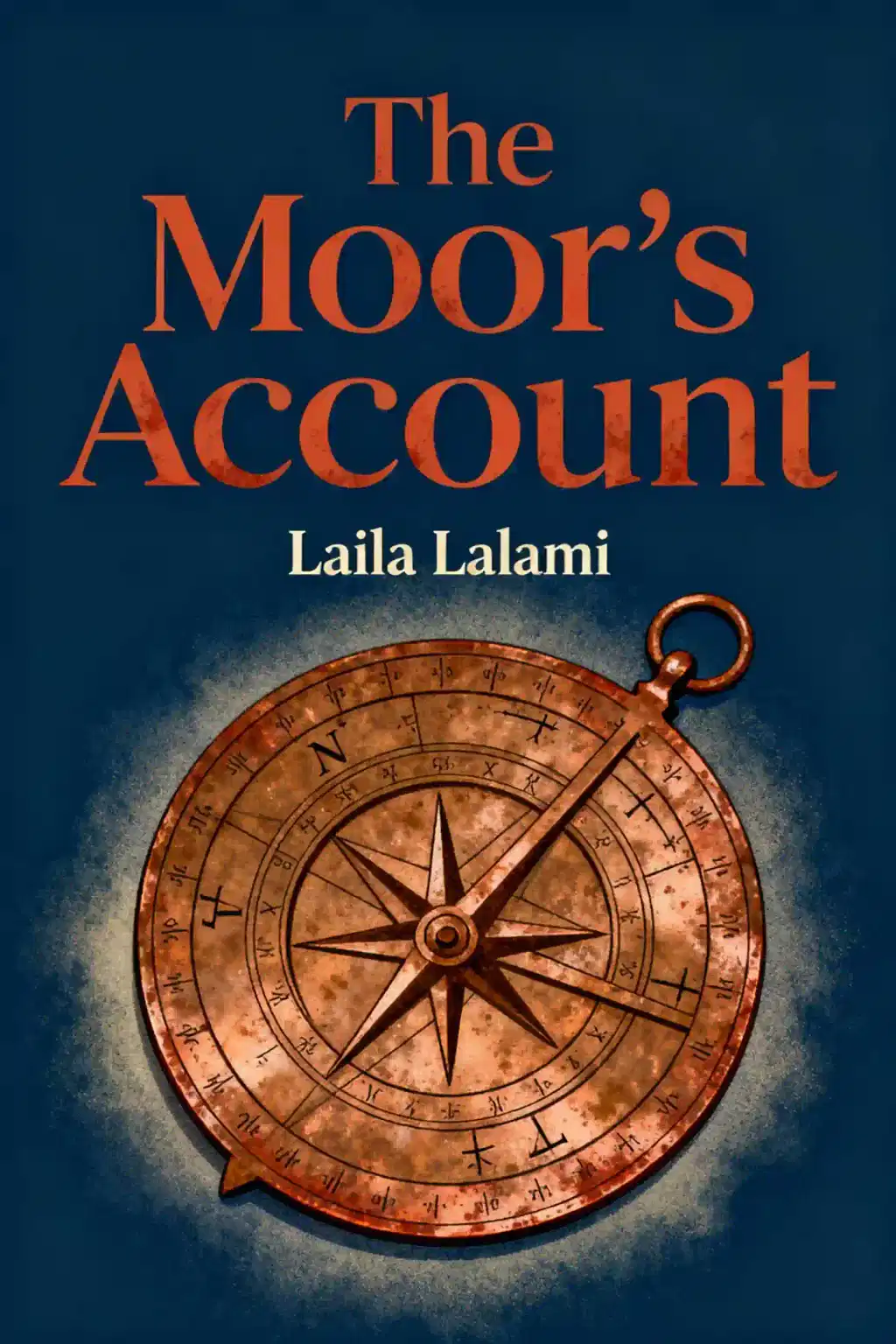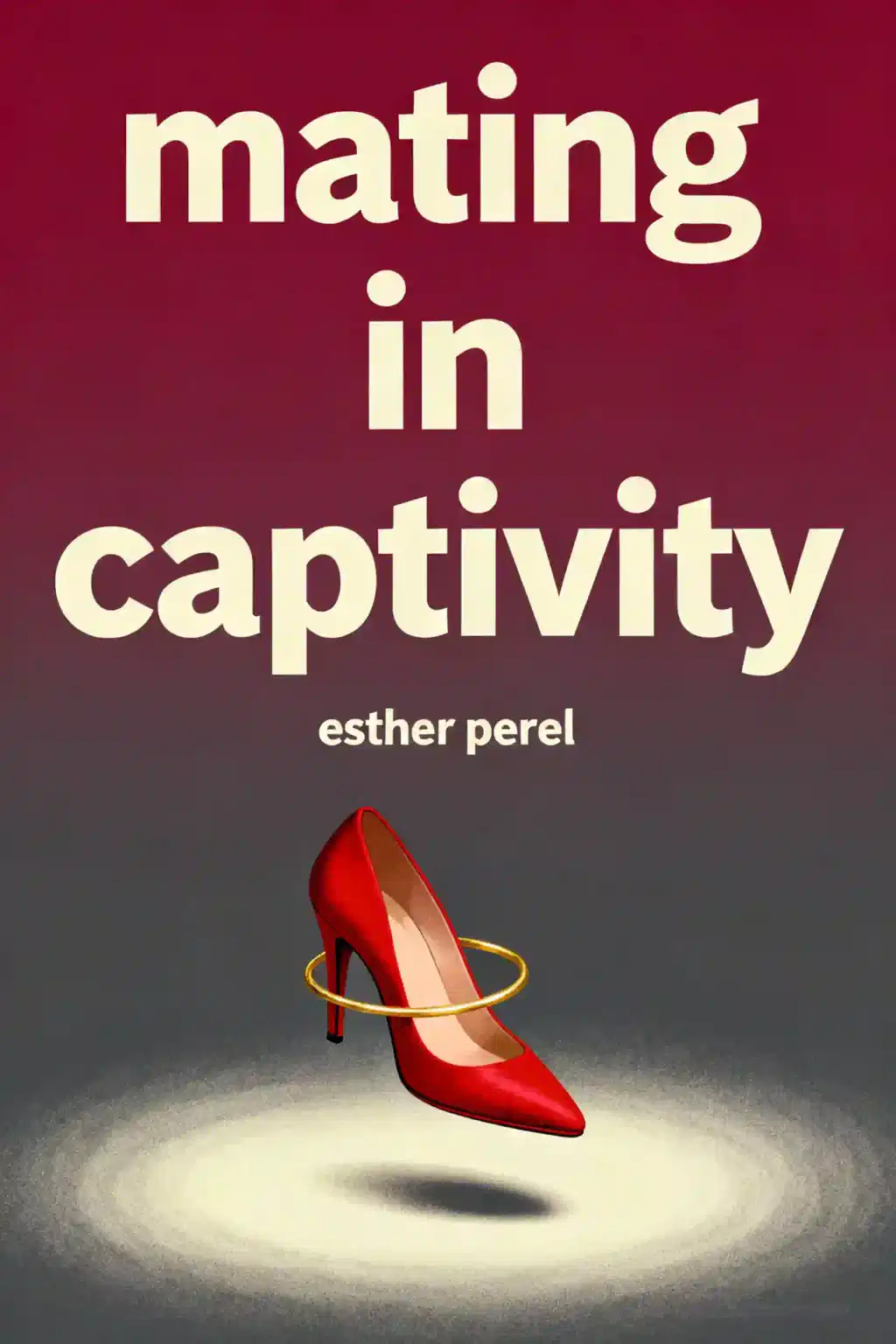What is
Sex and Lies by Leïla Slimani about?
Sex and Lies exposes the stark hypocrisy surrounding women’s sexuality in Morocco through candid interviews with women navigating oppressive laws and societal taboos. Slimani reveals how premarital sex, adultery, and homosexuality remain illegal yet rampant, forcing women into secrecy and shame. The book critiques Morocco’s obsession with female virginity, clandestine hymen-restoration surgeries, and religious fatwas policing women’s bodies.
Who should read
Sex and Lies?
This book is essential for readers interested in feminist nonfiction, Arab societal structures, and global sexual politics. It resonates with advocates for women’s rights, scholars of postcolonial cultures, and those seeking firsthand accounts of Moroccan women’s struggles against systemic hypocrisy.
What are the main themes in
Sex and Lies?
Key themes include:
- Hypocrisy: Public morality vs. private behavior
- Virginity obsession: Societal pressure to “preserve” women’s purity
- Legal repression: Criminalization of premarital sex, abortion, and same-sex relationships
- Economic inequality: How wealth enables secret relationships while poor women face greater risks
What quotes define
Sex and Lies?
Notable quotes and their context:
- “Virginity is an obsession in Morocco”: Highlights the cultural fixation on female chastity.
- “Hypocrisy is growing here”: A doctor’s observation on increasing conservatism despite modernization.
- “Do what you wish, but never talk about it”: Slimani’s rebuttal to Morocco’s unspoken rule of secrecy.
How does
Sex and Lies critique Moroccan society?
Slimani condemns Morocco’s moral double standards, where men face no repercussions for extramarital affairs, while women risk legal punishment or social ostracization. She underscores how religious edicts (e.g., banning women from touching cucumbers) absurdly control female autonomy.
Is
Sex and Lies worth reading?
Yes, for its unflinching portrayal of women’s lived experiences in restrictive societies. The book’s raw testimonials and Slimani’s incisive analysis make it a vital read for understanding gender inequality in the Arab world.
How does
Sex and Lies compare to Leïla Slimani’s other works?
Unlike her fiction (e.g., The Perfect Nanny), Sex and Lies adopts a journalistic approach, blending interviews with cultural critique. However, her novels and nonfiction alike explore themes of secrecy, repression, and women’s inner lives.
What criticisms exist about
Sex and Lies?
Some critiques note the book focuses narrowly on urban, middle-class perspectives and lacks solutions. Others argue it overlooks progressive movements within Morocco.
How does
Sex and Lies address LGBTQ+ issues?
The book briefly touches on homosexuality’s illegality in Morocco, highlighting how LGBTQ+ individuals face blackmail, violence, and forced conformity to heteronormative expectations.
Why is
Sex and Lies relevant in 2025?
As global debates about bodily autonomy and religious conservatism intensify, Slimani’s work remains a timely examination of how patriarchal systems weaponize morality to control women.
What real-life stories are featured in
Sex and Lies?
- A divorced woman seeking sexual freedom after a passionless marriage.
- A doctor hiding her relationship to avoid scandal.
- A survivor of marital rape and forced polygamy.
How does
Sex and Lies use symbolism?
Slimani uses hymen-restoration surgery as a metaphor for societal demands that women “reconstruct” their identities to fit patriarchal ideals, even after trauma.














